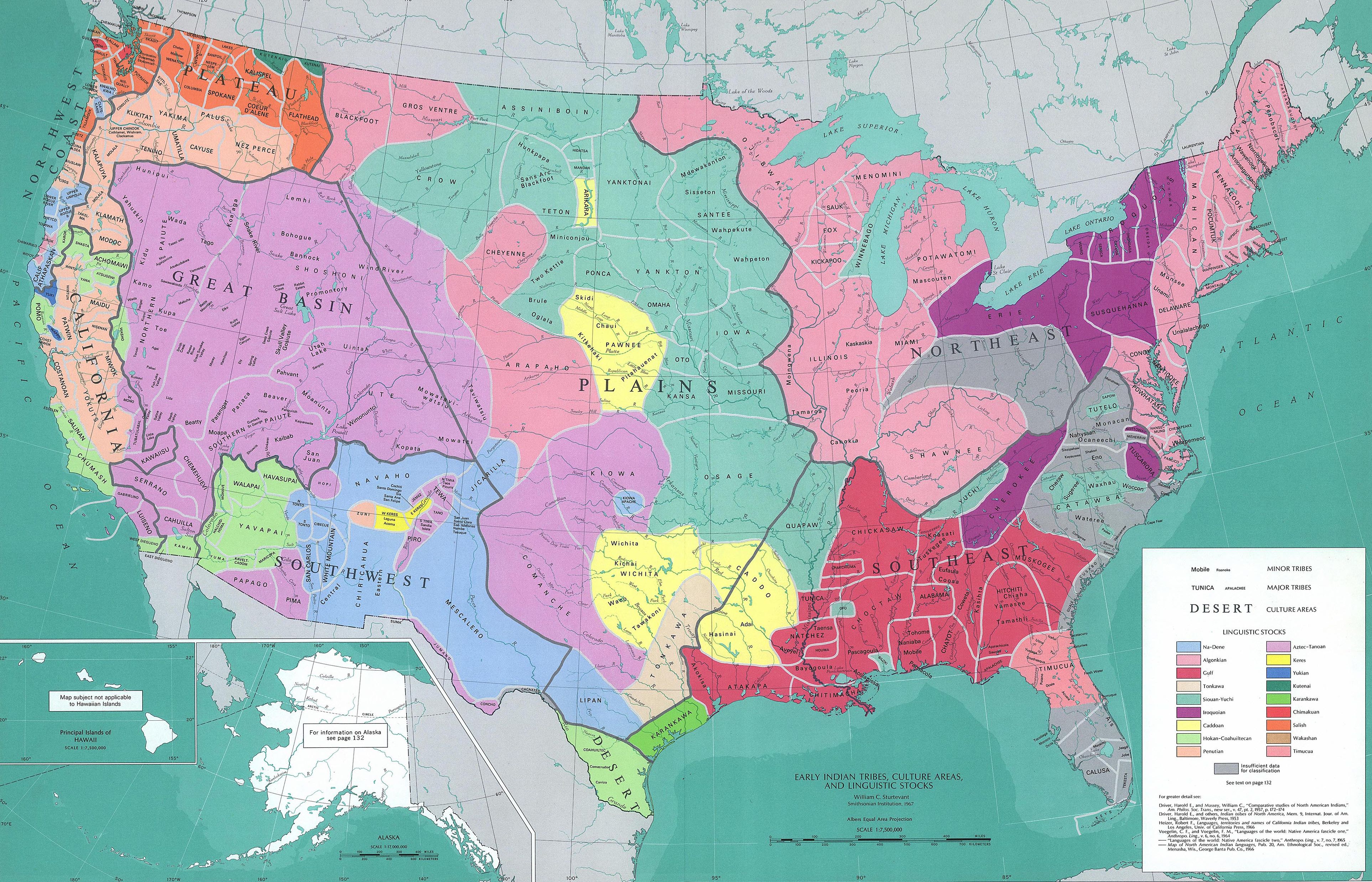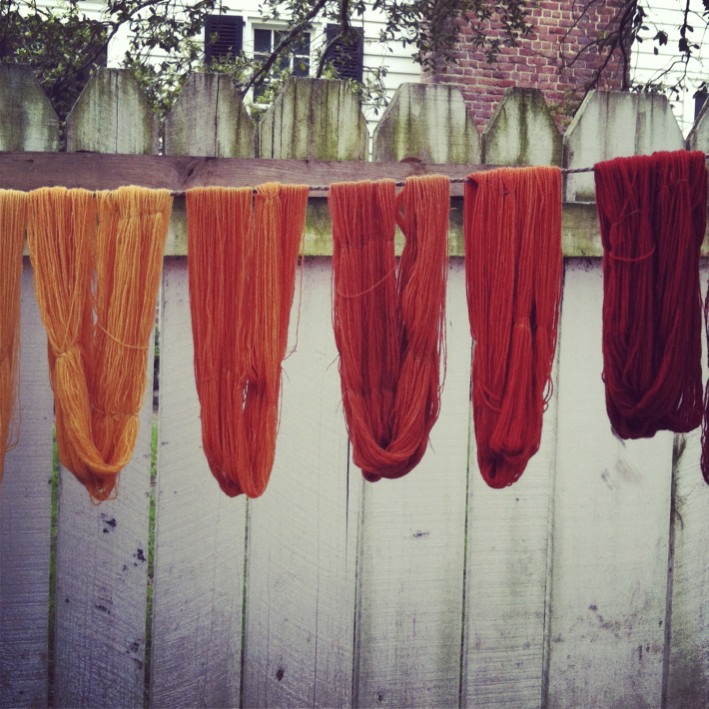|
Uru-eu-wau-wau
The Uru-Eu-Wau-Wau are an indigenous people of Brazil,''Last Days of Eden: Rondônia's Urueu-Wau-Wau Indians'' Loren McIntyre, National Geographic (December 1988), pp. 800-817 (retrieved 10 Aug 2016) living in the state of . They live in six villages on the borders of the Uru-Eu-Uaw-Uaw Indigenous Territory, which is shared by two other contacted groups, the Amondawa and [...More Info...] [...Related Items...] OR: [Wikipedia] [Google] [Baidu] |
The Territory (2022 Film)
''The Territory'' is a 2022 internationally co-produced documentary film directed by Alex Pritz. It follows a young Indigenous leader of the Uru-eu-wau-wau people fighting back against farmers, colonizers and settlers who encroach on a protected area of the Amazon Rainforest. Filmed on location in Brazil from 2018 to 2020, the film utilizes almost exclusively on-the-ground, primary source material, including footage produced directly by the Uru-eu-wau-wau. Darren Aronofsky serves as a producer under his Protozoa Pictures banner. The film had its world premiere at the 2022 Sundance Film Festival on January 22, 2022. It was released in select cities in the United States and Canada on August 19, 2022, by National Geographic Documentary Films and Picturehouse. It was shortlisted for the 95th Academy Awards in the Best Documentary Feature category, and won Exceptional Merit In Documentary Filmmaking at the 75th Emmy Awards. The film received critical acclaim for its cinematography ... [...More Info...] [...Related Items...] OR: [Wikipedia] [Google] [Baidu] |
Amondawa Language
Kawahíva (Kawahíb, Kagwahib) is a Tupi–Guarani dialect cluster of Brazil. The major variety is Tenharim. The Tenharim (self-designation, Pyri 'near, together'), Parintintín, Jiahúi, Amondawa, Karipúna (not to be confused with neither the Panoan group, nor the Carib-based creole spoken in the state of Amapá, which all have the same name), Uru-eu-wau-wau (self-designation, Jupaú), Júma, Piripkúra, and Capivarí all call themselves ''Kawahíva''. Their speech is mutually intelligible, and also similar with other languages now extinct. The closest Tupí-Guaraní language seems to be Apiaká, spoken in Mato Grosso. Varieties There are different internal classifications of the pan-Kawahíwa, which differ in, e.g., whether Kayabí and Apiaká should be included as part of the dialectal cluster. The one listed in Aguilar (2013, 2018) follows: *Kawahíwa **Northern *** *** *** *** Juma **Southern ***Jupaú ( Uru-Eu-Wau-Wau) *** *** *** Apiaká ***Kayabí (Kawaiwete) *** ... [...More Info...] [...Related Items...] OR: [Wikipedia] [Google] [Baidu] |
Animism
Animism (from meaning 'breath, spirit, life') is the belief that objects, places, and creatures all possess a distinct spiritual essence. Animism perceives all things—animals, plants, rocks, rivers, weather systems, human handiwork, and in some cases words—as being animated, having agency and free will. Animism is used in anthropology of religion as a term for the belief system of many Indigenous peoples in contrast to the relatively more recent development of organized religions. Animism is a metaphysical belief which focuses on the supernatural universe: specifically, on the concept of the immaterial soul. Although each culture has its own mythologies and rituals, animism is said to describe the most common, foundational thread of indigenous peoples' "spiritual" or "supernatural" perspectives. The animistic perspective is so widely held and inherent to most indigenous peoples that they often do not even have a word in their languages that corresponds to "animism" (o ... [...More Info...] [...Related Items...] OR: [Wikipedia] [Google] [Baidu] |
Indigenous Territory (Brazil)
In Brazil, an Indigenous territory or Indigenous land ( , TI) is an area inhabited and exclusively possessed by Indigenous peoples in Brazil, Indigenous people. Article 231 of the Constitution of Brazil, Brazilian Constitution recognises the natural inalienable right of Indigenous peoples to lands they "traditionally occupy"Defined as those lands "on which they live on a permanent basis, those used for their productive activities, those indispensable to the preservation of the environmental resources necessary for their well-being and for their physical and cultural reproduction, according to their uses, customs and traditions."Federal Constitution of BrazilChapter VII Article 231. and automatically confers them permanent possession of these lands. A multi-stage demarcation process is required for a TI to gain full legal protection, and this has often entailed protracted legal battles. Even after demarcation, TIs are frequently subject to illegal invasions by settlers and mining an ... [...More Info...] [...Related Items...] OR: [Wikipedia] [Google] [Baidu] |
Indigenous Peoples Of The Amazon
Historically, classification of the Indigenous peoples of the Americas is based upon cultural regions, geography, and linguistics. Anthropologists have named various cultural regions, with fluid boundaries, that are generally agreed upon with some variation. These cultural regions are broadly based upon the locations of the Indigenous peoples of the Americas from early European and African contact beginning in the late 15th century. When Indigenous peoples have been Indian removal, forcibly removed by nation-states, they retain their original geographic classification. Some groups span multiple cultural regions. Peoples can also be classified by genetics, technology, and social structure. Canada, Greenland, United States, and northern Mexico In the United States and Canada, Ethnography, ethnographers commonly classify Indigenous peoples into ten geographical regions with shared culture, cultural traits, called cultural areas. Greenland is part of the Arctic region. Some scholar ... [...More Info...] [...Related Items...] OR: [Wikipedia] [Google] [Baidu] |
Indigenous Peoples In Brazil
Indigenous peoples in Brazil or Native Brazilians () are the peoples who lived in Brazil before European contact around 1500 and their descendants. Indigenous peoples of the Americas, Indigenous peoples once comprised an estimated 2,000 district tribes and nations inhabiting what is now Brazil. The 2010 Brazil census recorded 305 ethnic groups of Indigenous people who spoke 274 Indigenous languages of the Americas, Indigenous languages; however, almost 77% speak Portuguese language, Portuguese. Historically, many Indigenous peoples of Brazil were semi-nomadic and combined hunting, fishing, and hunter-gatherer, gathering with migratory agriculture. Many tribes were massacred by European settlers, and others assimilated into the growing European population Brazilians, Brazilian population. The Indigenous population was decimated by European diseases, declining from a pre-Columbian high of 2 million to 3 million to approximately 300,000 by 1997, distributed among 200 tribes. Accor ... [...More Info...] [...Related Items...] OR: [Wikipedia] [Google] [Baidu] |
Ethnic Groups In Brazil
Brazilian society is made up of a confluence of people of Indigenous, Portuguese, and African descent. Other major significant groups include Italians, Spaniards, Germans, Lebanese, and Japanese. Latin Europe accounted for four-fifths of the arrivals (2.25 million Portuguese, 1.5 million Italians, and 700,000 Spaniards). Brazil has seen greater racial equality over time. According to a recent review study, "There has been major, albeit uneven, progress in these terms since slavery, which has unfortunately not wholly translated into equality of income: only in 2011 did the black-to-white income ratio eclipse its 1960 level, although it appears to be at an all-time high. Education and migration were important factors in closing the gap, whereas school quality and discrimination may explain its persistence." Historic background The Brazilian population was formed by the influx of Portuguese settlers and African slaves, mostly Bantu and West African populations (such ... [...More Info...] [...Related Items...] OR: [Wikipedia] [Google] [Baidu] |
Ten Thousand Years Older
''Ten Thousand Years Older'' is a 2002 documentary film by Werner Herzog about the Amondauas (Uru Eus) people of Brazil. The ten-minute film was produced and included as part of the '' Ten Minutes Older'' project, released in the collection ''The Trumpet''. Synopsis The film opens with stock footage of the Amondauas' first contact with modern Brazilians in 1981. Herzog states that they had previously only a "stone age existence", with no knowledge of metalworking. Within several years, the majority of the tribe had been wiped out, most killed by chicken pox and the common cold The common cold, or the cold, is a virus, viral infectious disease of the upper respiratory tract that primarily affects the Respiratory epithelium, respiratory mucosa of the human nose, nose, throat, Paranasal sinuses, sinuses, and larynx. .... Herzog visits the tribe twenty years after their first contact. He discusses the elders' opinions on their new life, as well as the children's. The elders ... [...More Info...] [...Related Items...] OR: [Wikipedia] [Google] [Baidu] |
Friends Of Peoples Close To Nature
''Friends'' is an American television sitcom created by David Crane and Marta Kauffman, which aired on NBC from September 22, 1994, to May 6, 2004, lasting ten seasons. With an ensemble cast starring Jennifer Aniston, Courteney Cox, Lisa Kudrow, Matt LeBlanc, Matthew Perry and David Schwimmer, the show revolves around six friends in their 20s and early 30s who live in Manhattan, New York City. The original executive producers were Kevin S. Bright, Kauffman, and Crane. Kauffman and Crane began developing ''Friends'' under the working title ''Insomnia Cafe'' between November and December 1993. They presented the idea to Bright, and together they pitched a seven-page treatment of the show to NBC. After several script rewrites and changes, including title changes to ''Six of One'' and ''Friends Like Us'', the series was finally named ''Friends''. Filming took place at Warner Bros. Studios in Burbank, California. All ten seasons of ''Friends'' ranked within the top te ... [...More Info...] [...Related Items...] OR: [Wikipedia] [Google] [Baidu] |
Vegetal Dye
Natural dyes are dyes or colorants derived from plants, invertebrates, or minerals. The majority of natural dyes are vegetable dyes from plant sources—roots, berry, berries, Bark (botany), bark, leaf, leaves, and wood—and other biological sources such as fungi. Archeology, Archaeologists have found evidence of textile dyeing dating back to the Neolithic period. In China, dyeing with plants, barks and insects has been traced back more than 5,000 years.Goodwin (1982), p. 11. The essential process of dyeing changed little over time. Typically, the dye material is put in a pot of water and heated to extract the dye compounds into solution with the water. Then the textiles to be dyed are added to the pot, and held at heat until the desired color is achieved. Textile fibre may be dyed before spinning (textiles), spinning or weaving ("dyed in the wool"), after spinning ("yarn-dyed") or after weaving ("piece-dyed"). Many natural dyes require the use of substances called mordants to bind ... [...More Info...] [...Related Items...] OR: [Wikipedia] [Google] [Baidu] |
Tapir
Tapirs ( ) are large, herbivorous mammals belonging to the family Tapiridae. They are similar in shape to a Suidae, pig, with a short, prehensile nose trunk (proboscis). Tapirs inhabit jungle and forest regions of South America, South and Central America and Southeast Asia. They are one of three extant branches of Perissodactyla (odd-toed ungulates), alongside Equidae, equines and rhinoceroses. Only a single genus, ''Tapirus'', is currently extant. Tapirs migrated into South America during the Pleistocene epoch from North America after the formation of the Isthmus of Panama as part of the Great American Interchange. Tapirs were formerly present across North America, but became extinct in the region at the end of the Late Pleistocene, around 12,000 years ago. Name The term ''tapir'' comes from the Portuguese language, Portuguese-language words , , which themselves trace their origins back to Old Tupi, specifically the term . This word, according to Eduardo de Almeida Navarro, r ... [...More Info...] [...Related Items...] OR: [Wikipedia] [Google] [Baidu] |
Hunter-gatherer
A hunter-gatherer or forager is a human living in a community, or according to an ancestrally derived Lifestyle, lifestyle, in which most or all food is obtained by foraging, that is, by gathering food from local naturally occurring sources, especially wild edible plants but also insects, Fungus, fungi, Honey hunting, honey, Eggs as food, bird eggs, or anything safe to eat, or by hunting game (pursuing or trapping and killing Wildlife, wild animals, including Fishing, catching fish). This is a common practice among most vertebrates that are omnivores. Hunter-gatherer Society, societies stand in contrast to the more Sedentism, sedentary Agrarian society, agricultural societies, which rely mainly on cultivating crops and raising domesticated animals for food production, although the boundaries between the two ways of living are not completely distinct. Hunting and gathering was humanity's original and most enduring successful Competition (biology), competitive adaptation in the nat ... [...More Info...] [...Related Items...] OR: [Wikipedia] [Google] [Baidu] |








